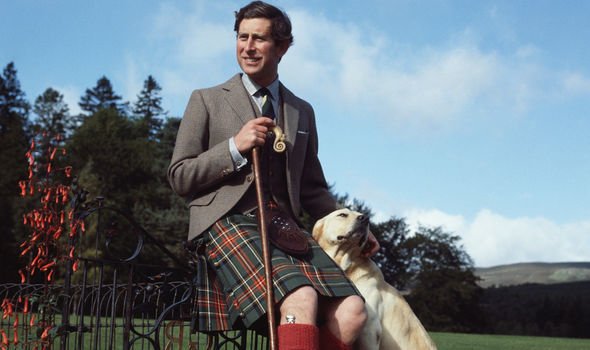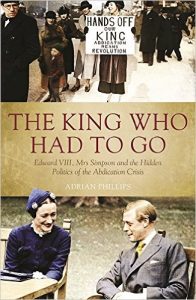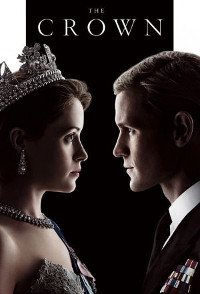
Bulletin #173 — Oct 2022
Royal Titles

The Duke of Rothesay, as was
September 28, 2022
Churchill Had to Choose Title of Prince in Prayers
Within three weeks of Queen Elizabeth II succeeding her father King Geoge VI in February 1952, Prime Minister Winston Churchill was faced with the first decision he would have to make with respect to the new heir apparent, the future King Charles III. The three-year-old Prince would not be invested as Prince of Wales for many years to come, raising the question of how he should be described until then. Lord Woolton, the Lord President of the Council, wrote the Prime Minister to explain the complication:
“There is some difference of opinion concerning the proper description of Prince Charles in the Prayers of the Church of England and the Church of Scotland. By agreement with the Archbishop [of Canterbury] we had agreed that he should be described as the Duke of Cornwall. Lyon King of Arms, however, has pointed out that as the Duke of Cornwall does not rank in the Peerage of Scotland, the Prince should be described as the Duke of Cornwall and Rothesay. The Secretary of State for Scotland is pressing this issue….It is of some urgency since the Prayers have to be altered and the Church of England is pressing for a decision.”
Churchill made his decision on 27 February:
“The issue was presented to me as either the Duke of Cornwall or Rothesay. Of course I was in favour of Cornwall; England must come in sometime. I mentioned it on this basis to The Queen in my Audience and Her Majesty seemed quite agreeable to Cornwall. However the matter should now be put forward on the new basis of Cornwall and Rothesay. I see no harm whatever in the two together.”
Subscribe
WANT MORE?
Get the Churchill Bulletin delivered to your inbox once a month.





